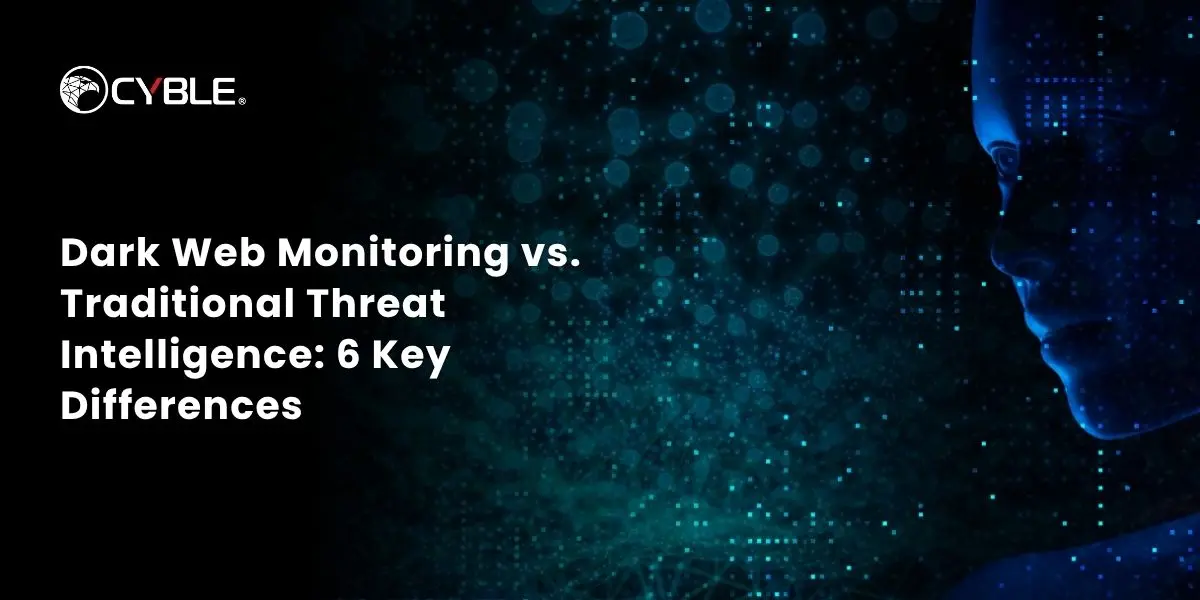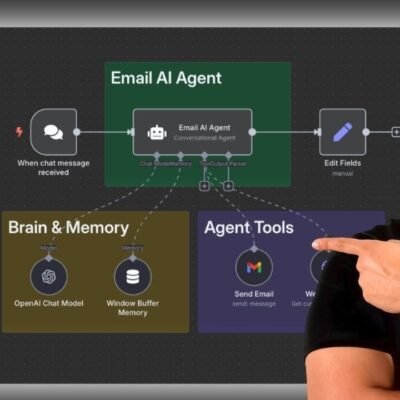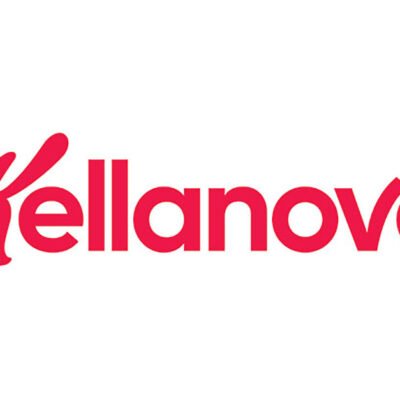Understanding Cybersecurity: Dark Web Monitoring vs. Traditional Threat Intelligence
Cybersecurity is evolving rapidly, becoming one of the most intricate and challenging disciplines in today’s digital landscape. As businesses grapple with the reality of hidden threats shielded by anonymous networks, an essential question emerges: How can one prepare for an unseen threat? This dilemma fuels the ongoing debate between Dark Web Monitoring and Traditional Threat Intelligence. Both frameworks shed light on potential risks but differ significantly in scope, depth, and objectives.
Key Differences Between Dark Web Monitoring and Traditional Threat Intelligence
To appreciate the nuances of these two approaches, let’s explore six critical areas where they diverge:
1. Source of Data
Dark Web Monitoring gathers intelligence from the hidden depths of the internet: underground forums, illicit marketplaces, and encrypted chat groups. Specialized monitoring tools ensure anonymity while tracking nefarious activities. This approach allows organizations to understand criminal behavior firsthand.
In contrast, Traditional Threat Intelligence relies primarily on public sources, global security communities, and shared feeds of threat data. It’s often focused on identifying malware campaigns or suspicious IP addresses using information that is readily available to anyone.
2. Type of Threats Detected
When it comes to the type of threats detected, Dark Web Monitoring zeroes in on specific risks such as leaks of sensitive information, stolen data, and discussions about particular companies. Alerts are triggered when employee credentials or corporate details are found for sale.
By contrast, Traditional Threat Intelligence provides a broader awareness of risks, encompassing phishing attacks, ransomware incidents, and general attack trends. This approach is useful for generating a general early warning system, albeit less targeted.
3. Speed of Insights
The speed of insights can make all the difference in timely response. Dark Web Monitoring often operates in real-time, quickly notifying organizations if sensitive data is observed on sale. This immediacy allows for rapid actions like password resets or other vital countermeasures.
Conversely, Traditional Threat Intelligence may lag, as it frequently depends on community reports and shared databases. This slower circulation of information can delay critical responses to emerging threats.
4. Depth of Context
There’s a significant difference in the depth of context provided by these two approaches. Dark Web Monitoring delivers deeper insights that include not just the “what” but also the “why” — understanding attacker motives, pricing of stolen data, and potential future attack plans. This context assists in prioritizing defenses effectively.
On the other hand, Traditional Threat Intelligence tends to focus more on technical indicators, such as IP addresses, malware signatures, and specific attack vectors. While these indicators are crucial for updating firewalls and antivirus systems, they might lack the strategic depth necessary for informed decision-making.
5. Tools and Technology Used
In terms of tools and technology, Dark Web Monitoring often employs advanced techniques such as machine learning and natural language processing. Such capabilities facilitate the scanning of hidden realms for actionable intelligence. For instance, solutions like Cyble connect dark web activities with broader threats, ensuring early detection.
In contrast, Traditional Threat Intelligence aggregates and analyzes data through comprehensive dashboards and platforms aimed at wider visibility. This is particularly effective for tracking industry-wide risks, but may not dive deep into the localized threats that an organization might face.
6. Business Value Delivered
Finally, business value is a critical differentiator. Dark Web Monitoring acts like a bespoke alarm system, pinpointing specific risks that directly target an organization’s brand, employees, or customers. By doing so, it helps to minimize damage from tailored attacks, offering a more personalized protective measure.
Traditional Threat Intelligence serves to forecast broader cybersecurity trends, akin to a weather forecast for cyber threats. While it can alert organizations to global cyber “storms,” it typically doesn’t highlight risks that are unique to a specific organization.
The Importance of Integration
Amid the differences, a crucial point emerges: integrating both approaches can amplify your cybersecurity strategy. Combined, they can generate more comprehensive threat intelligence solutions. There is no single tool capable of blocking every potential attack; however, a blend of insights from Dark Web Monitoring and Traditional Threat Intelligence forms a robust information shield.
For instance, platforms like Cyble’s Cyber Threat Intelligence combine traditional threat feeds with dark web monitoring services. This integration utilizes advanced technological tools to connect hidden marketplace activities with wider threats, enabling organizations to respond faster and more effectively.
As the cyber landscape becomes increasingly complex with evolving threats, understanding the unique benefits of both Dark Web Monitoring and Traditional Threat Intelligence enhances a business’s resilience. Employing both strategies allows for proactive defense mechanisms rather than reactive measures, creating a well-rounded approach to cybersecurity in an age where cybercrime continues to escalate.





